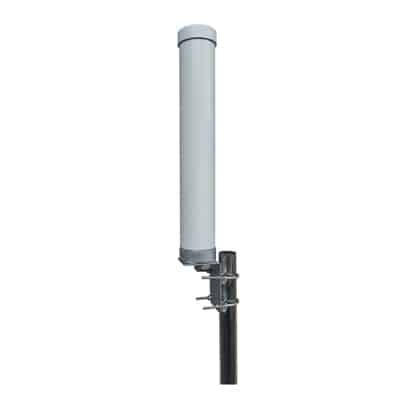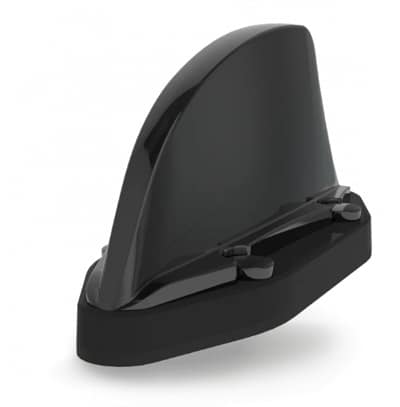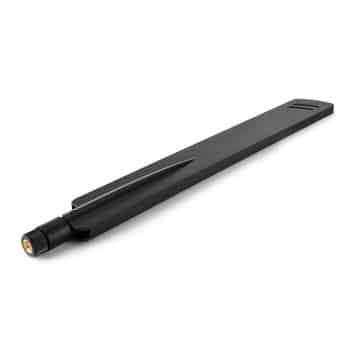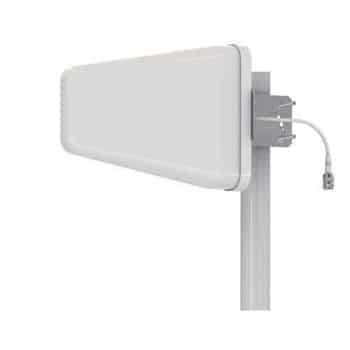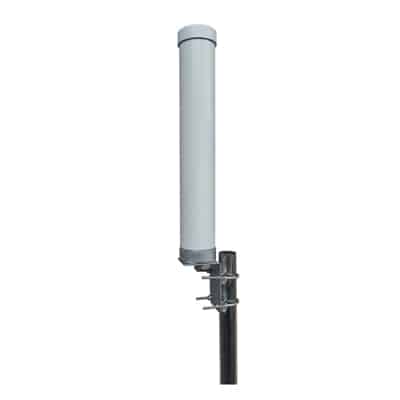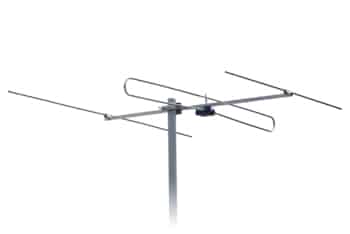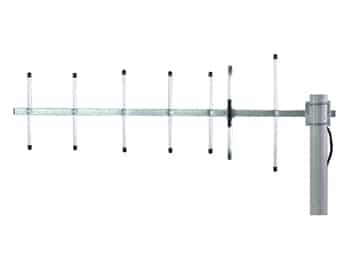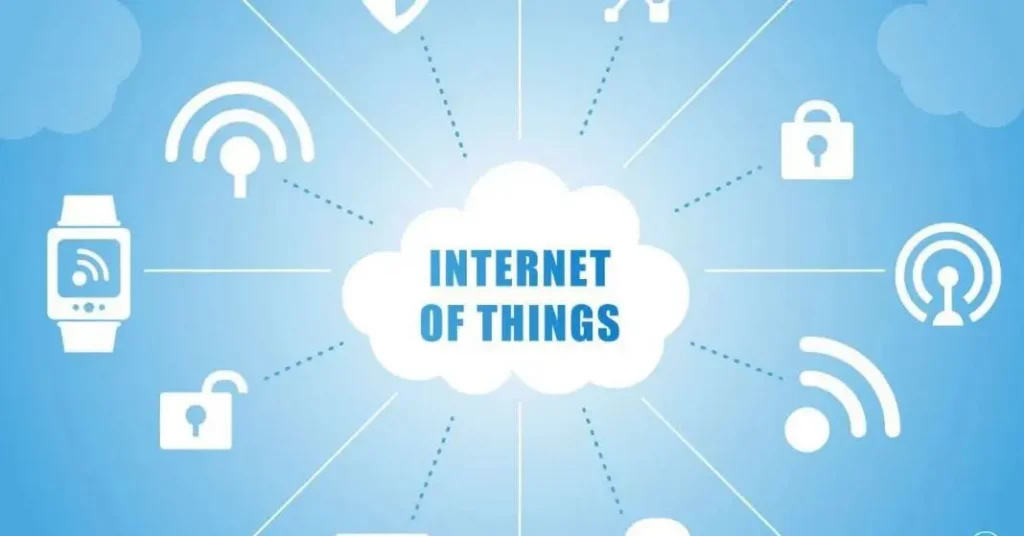
Internet of Thigs (IoT) refers to a collection of interconnected things which are capable of sensing, actuating and communicating in a wide network with or without direct human intervention. They are also capable of acting according to changes in environment autonomously by triggering process and sharing this information in the network to process and generate valuable information regarding their environment. This is now a well-established rapidly growing technology with more 20 billion devices identified as IoT devices by 2025.
Core concepts behind IoT are “smart objects” and “smart environments”. Smart object is a physical object that is equipped with a processor, data storage system, sensor system and network technology for communication. Some of these objects can affect their environment by means of actuators. Going with the same definition, a smart environment refers to the physical extent to which smart objects are deployed and interacting. Now having a brief understanding about the framework of IoT, now let’s look into the major components of IoT.
Table of Contents
ToggleThing or device
Things and devices in IoT referred to as components such as sensors, actuators and sometimes may include wearables which are embedded with sensors and actuators. These are deployed in the physical layer of an IoT architecture which acts as the backbone of the IoT framework. Main functions of these things and devices are to sense and collect data from the environment and implement any required controlling mechanism to control required variables in the environment.
1. Sensors
These are the components which are responsible for detecting and sensing any environmental change and reading. Today sensors can detect almost anything ranging from temperature to human blood pressure and advanced sensors capable of measuring other complexities. This all functionalities are enabled still by occupying a very small space thanks to modern technology such as Very Large-Scale Integration (VLSI). VLSI has given birth to a new set of advanced sensors known as Microelectromechanical Systems (MEMS) which are now very common in most of the IoT applications. Following are some of the widely used sensor categories:
- Temperature sensors: These sensors measure temperature variations in the sensing environment. There are different types of temperature sensors depending on the technology of sensing the temperature such as thermocouples, thermistors, IR sensors and resistor temperature detectors (RTD)
- Proximity sensors: These sensors detect the presence or absence of a nearby object or its properties. There are different types of proximity sensors such as inductive sensors, capacitive sensors, ultrasonic sensors and photoelectric sensors.
- Motion detection sensors: These sensors detect any physical movement in a given area. Ultrasonic sensors, Passive IR (PIR) sensors and microwave sensors are some of the commonly deployed sensors.
- Optical sensors: These sensors are capable of capturing light photons and convert them into signals to interpret important information about the environment.
- Pressure sensors: These sensors detect any change in pressure in the sensing environment.
- Gyroscopes and Accelerometers: These sensors are capable of measuring any rotational motion and acceleration.
- Chemical and Gas sensors: These sensors detect presence of certain chemical and gases in the environment. There are different types and families of these sensors depending on the requirement.
- Humidity sensors: These measure the humidity in the environment.
2. Actuators
These are the opposite of sensors. They will act on the environment depending on certain instructions or sensing data. Let’s look this by using an example. Consider a deployed IoT application in farming application to control the water flow to vegetation. For this purpose, we can use water level sensors and soil moisture sensors to detect the level of water in soil. Now, we can provide water using pumps by controlling a valve. Here, the valve acts as an actuator. When the sensors detect an excess amount of water, they would send a signal to the valves, which are the actuators to close the pump.
The type of employed actuator will depend on the vertical and use case. They might be required to switch on or off a switch or may control a valve as in our previous example or might require advanced actions such as gripping, turning and rotating.
Connectivity and Networking
IoT applications involve devices, sensors, actuators and cloud communicating to each other to make decisions and process collected data. For this purpose, it is essential to establish means of interconnecting these components in an IoT ecosystem. Therefore, connectivity is another essential component in realizing IoT applications. In general, there are two types of communications methodologies to establish connectivity namely: wireless communication and wired communication. The choice between these two is totally dependent on the use case and the vertical.
What can Tesswave do for you?
Tesswave provide 100+ antenna products and you can contact us for antenna customized solutions, get in touch with us today to get a Free quote.
Get an Instant Quote
Get a FREE quote and we will contact you within an hour
Communication Protocols
Now once the data is collected and the necessary control data is fetched, it is required to communicate these data to the cloud platform or to the edge as required. To realize, this IoT applications utilize different types of communication protocols.
When the edge nodes (including sensors and actuators) are established in near-range they are collectively called as Personal Area Networks (PANs). PANs usually employ non-internet protocols for communication. However, there are IP-based protocols as well. These protocols for PANs are defined under IEEE 802.15 Wireless personal area network definitions. Some of the protocols are Bluetooth 5, ZigBee and Z-Wave protocols. Also, protocols like 6LoWPAN are brought into light to have IP-based protocols in PANs as well.
In the case, where the edge nodes are distributed over a wide area, they are collectively known as Wide Area Networks (WANs) or Local Area Networks (LANs). These two terms are sometimes used interchangeably. These LANs use IP-based communication protocols to communicate between node devices and the cloud. Since they require long range communication protocols with a considerable amount of energy to travel. Some of the famous protocols are LoRaWAN, MQTT, HTTP, cellular (4G/3G) and Wi-Fi are some of the most widely used communication protocols.
Cloud
IoT cloud can be considered as the place where the “smartness” lies. Cloud will collect the all data gathered through relevant communication protocol and carry out the necessary processing. IoT cloud other than collecting data and processing data can store and manage data at real-time. Hence, a major factor in deciding a suitable cloud service is to consider about the latency involved in cloud services. Cloud providers support a range of Everything as a Service (XaaS) product. Services include Networking as a Service (NaaS), Software as a Service (SaaS), Platform as a Service (PaaS) and Infrastructure as a Service (IaaS). User can decide which service to use depending on IoT use case and vertical.
Putting the things to simple terms, IoT cloud would consist of network of services optimized for above services and managing huge amount of data real-time. This also contain a distributed management database system.
Despite, the ease and less operational cost, a new trend has emerged to process and manage relevant data in the edge itself leading to new concepts such as Edge computing and Fog computing. The preference between either cloud and edge computing depending on the application, where edge computing is preferred when large amounts of data processing is needed on-premises.
IoT Analytics
The physical data that is acquired by sensors are converted to digital signals at the edge and these digital signals can have actionable consequences. For example, we may need to classify patients’ vitals as severe or healthy. For this purpose, we might collect data from the patient using sensors and collect the data as a time series data and process them using a rule-based engine to make our prediction. In the case of an emergency the accuracy and speed of this rule-based engine plays a critical role. Moreover, it is important to execute an immediate action for the prediction.
In order to realize these functions, we can deploy deep learning models for predictive analysis and various machine learning techniques to predict trends, solve regression problems, to devise forecasting of events and even make useful decisions.
Analytics requires a considerable storage capability and computational power to carry out these operations to make smart decisions. Therefore, they are ideally hosted on IoT cloud. However, emerging concepts such as TinyML have open doors to take decisions in the edge itself.
User interface
This is the component where end-user will actively interact with our IoT ecosystem. User can control the whole system and set any changes and preferences to the system. Therefore, user interface will act as the high-level abstraction of the whole system.
The user interface can be embedded to the device itself or it might be installed in wearables, smart phones, tablets or can be in the form of a web application. IoT dashboards are yet another popular platform, but sometimes would require some technical skills to interact with them. Finally, if ever you got a chance to design a user interface remember that design is a major consideration. Add some cool fonts, voice support and touch interfaces to make the product more market competitive.
Now let’s look into more additional components in an IoT ecosystem.
Security
This is a component which is mostly overlooked by designers and IoT architects when designing IoT applications, which has led to more device vulnerable to attacks day by day. A secure system should compromise of an opposition strategy, recovery strategy and should be able to recognize any malicious attacks on the system.
Ideally, these security systems can be deployed in the cloud and can be incorporated in networking components.
IoT Gateway
IoT gateways have become a popular component with the increasing number of sensors and node devices connecting a given IoT system. This is easing the management of data traffic also they can additionally provide data security measures along side preprocessing of data to remove unwanted or corrupted data. Moreover, more advanced IoT gateways are equipped with capability to analyze data and make smart decisions, which in other hand reduces the burden on the cloud service.
Conclusion
Internet of Things which is already a mature technology has witnessed a rapid growth with the advancement of new technologies and new protocols joining the domain. It is likely to take a new dimension with the arrival of new communication technologies such as 5G and would have a promising future.

